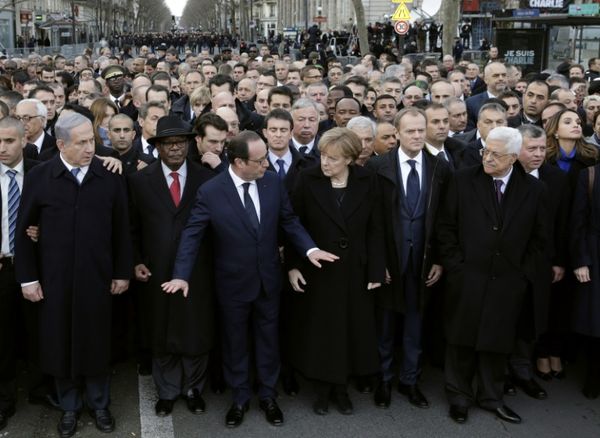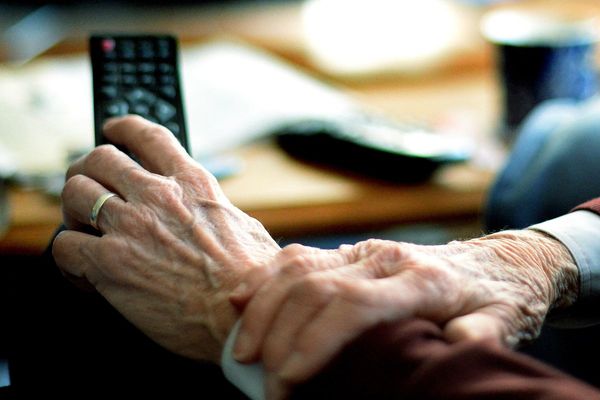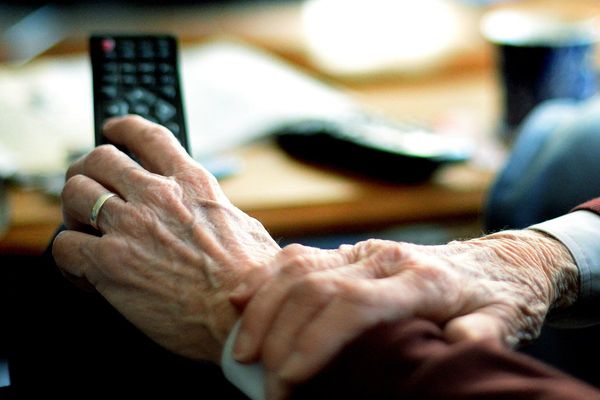
Paris (AFP) - The decision taken by World Athletics on Thursday to ban male-to-female transgender athletes from women's competition is likely to have a wider effect on global sports.
AFP Sport looks at five sportspeople who have previously found themselves at the heart of the gender debate.
Caster Semenya: hyperandrogeny
A double Olympic champion and triple world champion in the 800m, South Africa's Caster Semenya raised all manner of questions about her hyperandrogenism, which causes an elevated level of testosterone.
After a controversial victory at the 2009 world championships when she was just 18, the IAAF -- as World Athletics was previously known -- introduced rules two years later, for the first time, allowing hyperandrogenic athletes to compete on condition that they display androgen levels below those recorded for men.
But in 2018 the IAAF made it mandatory for athletes, via drug treatments, to lower their testosterone levels to under 5 nanomoles per litre of blood for six months in order to compete in international events from 400m to the mile.
The decision was badly received in South Africa where it was interpreted as a way to "slow down" Semenya who unsuccessfuly challenged the ruling in court and was unable to defend her 800m title in the 2019 Doha world championships.
She did not make the qualifying for the Tokyo Olympics in the 200m and failed to reach the final of the 5000m at the world championships in Eugene.
Laurel Hubbard: Olympic pioneer
In August 2021, in Tokyo, New Zealand weightlifter Laurel Hubbard, then 43 years old, made history by becoming the first openly transgender woman to take part in an Olympic event.
Hubbard met the qualification criteria for the Olympics, which required that her testosterone level be maintained below 10 nmol per litre for at least 12 months.
In spite of meeting the requirements, Hubbard's participation was widely criticised.
Subsequently, the IOC gave up at the end of 2021 on establishing uniform guidelines for the participation criteria of intersex and transgender athletes, leaving it to the separate international federations.
Emily Bridges: wheels in motion
Transgender cyclist Emily Bridges, who had previously competed at elite level as Zach Bridges, was initially allowed to compete in last year's British National Omnium Championships, after having met the criteria laid down by the national cycling federation.
However, Bridges, now 22, was forced to pull out because she was not eligible under International Cycling Union (UCI) rules.
A week later, British Cycling decided to suspend its rules regarding the participation of transgender and non-binary athletes in competitions.In November, the policy was "still under review".
Lia Thomas: making waves
In February 2022, USA Swimming decided to revise its rules, limiting testosterone levels to less than 5 nmol/l for a period of at least 36 months for any transgender athletes wanting to compete at the elite level.
The change was prompted by the controversy surrounding the performance of swimmer Lia Thomas in the university championship.Born male and having begun transition in 2019, Thomas was adjudged by detractors to be physiologically advantaged.
Barely a month later, the University of Pennsylvania swimmer won the women's 500-yard freestyle final.It was an historic victory, made possible by the refusal of the NCAA, which governs college sports, not to apply the new USA federation rules.
In June 2022, FINA, the international swimming federation, announced that it wanted to create an open category for transgender athletes.But it limited entry to its women's categories to swimmers who "became women before puberty".
Hannah Mouncey: Aussie rules
Hannah Mouncey was a top level men's handball player, picking up 22 selections for Australia.Mouncey began transitioning in 2015 and switched attentions to women's Australian Rules Football.
In 2017, however, Mouncey was banned by the Australian Football League (AFL) from participating in the AFLW draft.
The federation then admitted that Mouncey, now 33, "has taken part in a process that will contribute...to the development of policies and procedures with regard to transgender people".
Mouncey went on to play one season in 2018 before reverting to handball, going on to represent Australia's women's team.







